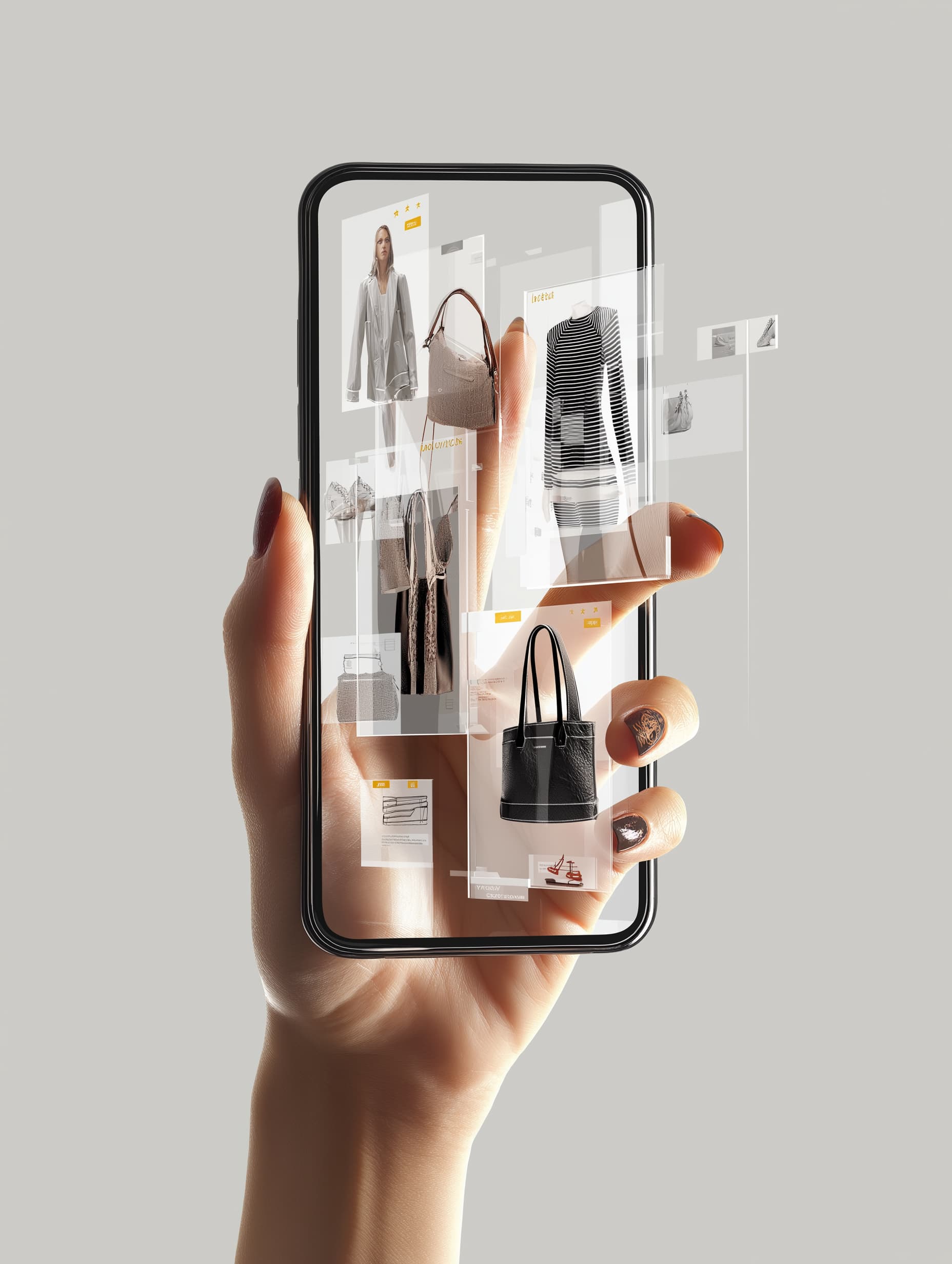In the digital era, a well-designed online store is more than just visually appealing—it is a strategic tool that directly shapes customer behavior. Unlike physical shops, e-commerce websites rely entirely on design to build trust, communicate value, guide decisions, and ultimately drive conversions. The way a site looks, feels, and functions determines how users engage with it and whether they complete a purchase or abandon their cart.
This article explores how design affects the psychology of online shoppers and what elements businesses can focus on to optimize the user experience and increase sales.
First Impressions Set the Tone
The average visitor decides within seconds whether to stay on a website or leave. This snap judgment is largely based on visual design. Clean layouts, appealing color schemes, and high-quality images create a sense of professionalism and reliability. On the other hand, cluttered interfaces, poor typography, or outdated visuals can raise doubts about a brand’s credibility.
Color, in particular, plays a strong psychological role. Cool colors like blue can evoke trust and calm, while warmer tones such as red and orange may create a sense of urgency or excitement. A balanced use of white space also improves readability and makes the page feel less overwhelming, increasing the likelihood that users will continue exploring.
Navigation and Simplicity Matter
Good design minimizes friction. Clear, intuitive navigation helps users find what they’re looking for with minimal effort. When menus are confusing or categories are poorly organized, customers become frustrated and are more likely to leave.
Successful online stores typically use consistent navigation bars, breadcrumb trails, and visible search functions to ensure visitors always know where they are and how to move forward. Filters, sorting tools, and auto-suggestions also enhance usability, particularly for stores with large product catalogs.
Simplifying the journey from landing page to checkout is crucial. The fewer clicks and decisions a customer must make, the more likely they are to complete their purchase. Design should support a streamlined process, free from distractions or unnecessary steps.
Product Presentation and Visual Hierarchy
The way products are displayed can heavily influence purchasing decisions. High-resolution images from multiple angles, zoom functions, and even 360-degree views help recreate the experience of examining a product in a physical store. Videos or animations showing the product in use can provide additional confidence to hesitant buyers.
Designers use visual hierarchy to guide the eye toward important elements: featured products, promotions, or calls to action. Strategic use of size, color contrast, and placement ensures that users see key information at the right moment. For instance, placing “Add to Cart” buttons in prominent, consistent locations across product pages can improve usability and encourage action.
Well-written descriptions, clear pricing, and availability indicators also contribute to a positive decision-making experience. When information is presented in a digestible and aesthetically pleasing way, users are more likely to trust the product and the store.
Trust Signals and Social Proof
Design can also influence how trustworthy a website feels. Including customer reviews, ratings, testimonials, and user-generated content serves as social proof, reassuring new visitors that others have had positive experiences.
Elements such as secure payment icons, return policies, and clear contact information reduce uncertainty and build confidence. The visual presence of recognizable badges or third-party endorsements (like PayPal or Trustpilot) can significantly improve trust levels.
Even small design choices—such as a polished checkout page or a friendly chatbot interface—can signal that a brand values its customers and operates professionally.
Emotional Design and Brand Identity
Great online stores don’t just inform—they evoke emotion. Design elements that align with the brand’s identity help create a cohesive and memorable experience. For example, a luxury fashion retailer might use elegant fonts, muted color palettes, and high-end imagery to evoke sophistication, while a brand focused on outdoor gear might lean into rugged textures and adventurous photography.
The emotional resonance of a store’s design can forge a deeper connection with customers. When users feel understood or inspired by a brand, they are more likely to return, share the site with others, and develop long-term loyalty.
Animations, microinteractions, and dynamic transitions can also add a sense of delight. When done subtly and strategically, these features enhance the user experience rather than distract from it.
Mobile Responsiveness and Speed
Today, a significant portion of online shopping happens on smartphones. If a website isn’t optimized for mobile use, it risks losing a large segment of potential buyers. Mobile-responsive design ensures that content adapts seamlessly to different screen sizes, maintaining usability and visual consistency.
Additionally, speed is a critical factor. Slow-loading pages increase bounce rates and reduce conversions. Designers must optimize images, streamline code, and reduce the number of heavy scripts to ensure the site performs well across devices.
A fast, mobile-friendly website not only improves user experience but also boosts search engine rankings—making it easier for customers to find the store in the first place.
Checkout Experience and Conversion Design
The checkout process is where many sales are lost. A complicated or confusing interface, too many form fields, or unexpected charges can all lead to cart abandonment. Design plays a key role in addressing these issues.
Successful checkout pages are clean, distraction-free, and easy to understand. Key practices include:
- Using a progress bar to show how many steps remain
- Offering guest checkout options to reduce friction
- Pre-filling form fields when possible
- Displaying trust signals and secure payment icons
Clear call-to-action buttons (e.g., “Place Order” or “Continue to Shipping”) and real-time error validation can also improve the checkout experience, reducing frustration and boosting conversion rates.
A/B Testing and Continuous Improvement
Design is not a one-time task. Online retailers must test and refine their websites continuously based on user behavior. A/B testing different layouts, button placements, or color schemes can reveal which design choices drive the best results.
Using tools like heatmaps and analytics platforms, designers and marketers can identify where users drop off, which elements are ignored, and where improvements are needed. This iterative process allows businesses to stay responsive to customer needs and market trends.
Conclusion
The design of an online store is more than just an aesthetic decision—it is a strategic lever that influences how customers perceive, interact with, and ultimately purchase from a brand. From the first impression to the final checkout click, every design choice shapes the user journey.
By focusing on clarity, emotion, usability, and trust, businesses can turn casual browsers into loyal customers. In a crowded digital marketplace, thoughtful design isn’t just an advantage—it’s a necessity for success.



